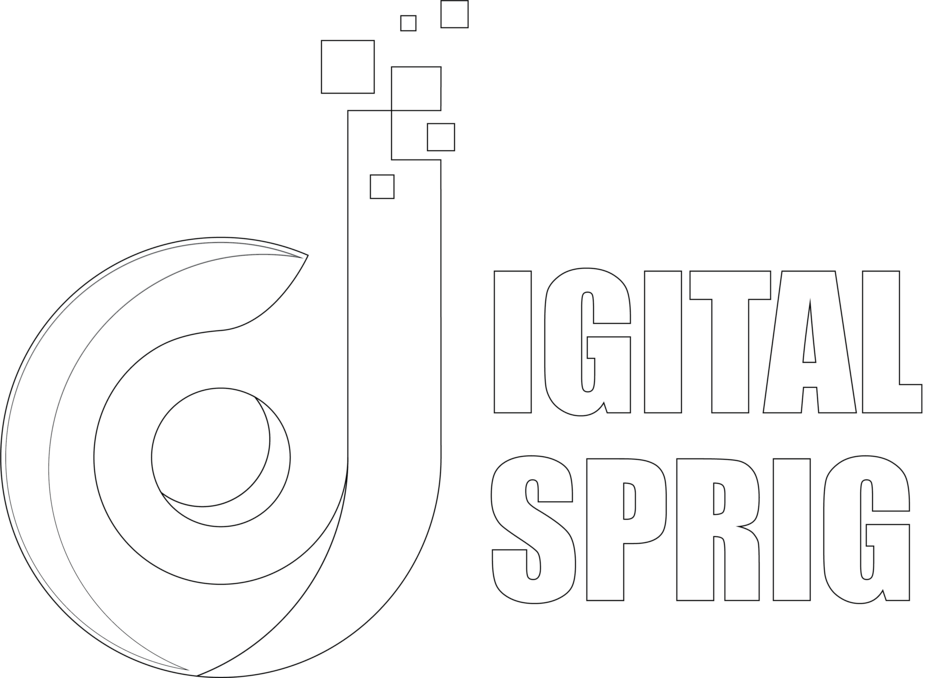With the digital landscape constantly evolving, creating shareable content is imperative for enhancing your audience’s engagement. You need to understand what resonates with your audience, as content that evokes strong emotions or provides valuable insights is more likely to be shared. By leveraging the right mix of creativity, storytelling, and data-driven strategies, you can increase your visibility and attract a broader audience. Elevate your content game, and watch as your engagement metrics soar!
Key Takeaways:
- Focus on crafting compelling headlines and visuals to immediately capture your audience’s attention.
- Incorporate elements that encourage interaction, such as polls, quizzes, and shareable graphics, to foster engagement.
- Leverage storytelling techniques to create emotional connections, making your content more relatable and shareable.
Understanding Shareable Content
Before you create content for your audience, it’s vital to grasp what makes it shareable. This understanding can significantly impact your engagement levels and the reach of your message. Shareable content not only resonates with your audience but also encourages them to spread it across their networks, amplifying its visibility and effectiveness.
Defining Shareable Content
Along your journey to crafting impactful material, it’s important to define shareable content as that which evokes an emotional reaction, imparts valuable information, or entertains your audience. When these elements combine effectively, your content naturally becomes more desirable to share.
Importance of Shareability
Shareable content enhances your ability to connect with a broader audience, helping you build *trust* and *credibility* within your niche.
But establishing the importance of shareability means recognizing that the more your content is shared, the more visibility and engagement it gains. This organic reach can lead to increased brand awareness and potentially more conversions. If your content is packed with valuable insights or evocative storytelling, it not only entertains but also encourages your audience to discuss and disseminate it among their circles, resulting in a powerful ripple effect. Prioritizing shareability in your content strategy can transform your engagement landscape.
Elements of Engaging Content
Some of the important elements of engaging content include relevance, clarity, and interactivity. By ensuring your content resonates with your audience’s interests and needs, you instantly increase its value. Clear messaging not only enhances understanding but also retains the reader’s attention. Lastly, incorporating interactive elements like polls or quizzes can greatly enhance user engagement, encouraging them to participate and share.
Key Characteristics
Along with being relevant and clear, engaging content must also be relatable and valuable. When your content addresses real-life experiences or issues your audience faces, it fosters a connection. Additionally, providing unique insights or practical solutions makes your content more appealing, ensuring that your audience finds it worth their time.
Visuals and Multimedia
Along with well-chosen words, incorporating visuals and multimedia is important in creating engaging content. This includes images, infographics, and videos that complement your message and improve comprehension. By making your content visually appealing, you can capture your audience’s attention more effectively.
In fact, using high-quality visuals can significantly boost your content’s shareability. Well-designed infographics are often shared more widely than plain text, giving your message a greater reach. Furthermore, videos tend to increase engagement rates, as they combine information with dynamic visuals, making the content more entertaining and memorable. By thoughtfully integrating multimedia elements, you enhance the overall user experience and encourage your audience to share your content with others.
Crafting Content for Your Audience
Despite the abundance of content available online, creating material that resonates with your audience is necessary. Understanding their needs, preferences, and pain points will help you produce relevant and engaging content that not only captures their attention but encourages them to share it within their networks.
Identifying Target Audience
Against a backdrop of diverse global demographics, pinpointing your target audience is vital. By dedicating time to research and analyze who your ideal readers are, you can create content tailored specifically to their interests, ensuring your messages have maximum impact.
Tailoring Messages for Engagement
Above all, refining your messages to resonate with your audience’s emotions and values can significantly enhance engagement. When your content speaks directly to their experiences, they are more likely to connect with it and share it with others.
Plus, engaging your audience means speaking their language and addressing their specific concerns. By doing so, you create a sense of connection that fosters loyalty and encourages sharing. Use compelling stories, relatable scenarios, and actionable insights that align with their interests. Highlighting key benefits in your messages helps to spark curiosity and prompts conversations, solidifying your content’s place within their discussions and networks. This approach not only boosts engagement but also amplifies your reach across platforms.
Utilizing Social Media Platforms
After you create exceptional content, leveraging social media platforms is important for maximizing its reach and fostering engagement. Social media enables you to share your content with diverse audiences, build relationships, and encourage discussion. By choosing the right platforms for your audience, you can effectively increase visibility and drive more traffic to your content, amplifying its impact.
Best Practices for Sharing
Utilizing best practices for sharing on social media can enhance your content’s visibility. Always include engaging visuals and compelling captions to draw attention. Timing your posts for optimal engagement and encouraging audience interaction through questions or calls-to-action can further elevate your content’s performance. Additionally, using relevant hashtags helps categorize your posts for increased discoverability.
Platform-Specific Strategies
Social media platforms each have unique characteristics that influence how your content is perceived and shared. Tailoring your approach to each platform is vital for effective engagement. For example, on Instagram, focusing on visually stunning content is important, while Twitter favors concise, compelling messaging. Facebook‘s algorithm rewards engaging comments and shares, so encourage discussions and interactions. By understanding and adapting your strategies to align with each platform’s strengths, you can significantly enhance your content’s reach and effectiveness.
Due to the diverse nature of social media platforms, it is important to customize your content strategy for each one. Every platform has its own audience behaviors and preferences. For instance, LinkedIn is ideal for professional networking and thought leadership, while TikTok emphasizes entertaining and creative video content. By tailoring your messaging, using appropriate formats, and actively engaging with users, you can create an impactful presence that fosters a strong connection with your audience and promotes sharing.

Measuring Engagement and Impact
Not measuring the engagement and impact of your content can lead to missed opportunities for improvement. Understanding how your audience responds is crucial to refining your strategy. By focusing on the Benefits of Creating Shareable Content, you can harness valuable insights that drive higher engagement rates and better overall content performance.
Key Metrics to Track
About tracking key metrics, you should focus on areas such as likes, shares, comments, and click-through rates to gauge how well your content resonates with your audience. Analyzing these metrics will provide valuable insights into what is working and help you adapt your content strategy accordingly.
Analyzing Content Performance
Along the way, you need to analyze your content performance systematically to identify trends and patterns. This approach allows you to see which pieces truly engage your audience and drive traffic to your site.
Track specific performance indicators like bounce rates, time spent on each page, and conversion rates. These metrics are crucial in understanding how users interact with your content. By following these insights, you can optimize your strategy, fostering better audience connections and improving the effectiveness of your shareable content.
Strategies for Continuous Improvement
Now that you have a foundation in shareable content, it’s imperative to implement strategies for continuous improvement. This iterative approach will not only keep your content relevant but also enhance engagement over time. By analyzing performance metrics and evolving based on your audience’s needs, you can ensure that your content stays compelling and fresh.
Gathering Feedback
Gathering feedback is vital for understanding how your audience perceives your content. Utilize surveys, comments, and social media interactions to collect insights about what resonates with your audience. Embrace open-ended questions to capture qualitative data and identify areas for improvement. Constructive input will guide your content strategy and enhance your future creations.
Iterating on Successful Content
Iterating on successful content involves revisiting and refining your top-performing pieces. This process allows you to enhance their impact and relevance by incorporating new insights and audience preferences.
For instance, if a blog post on a specific topic generated a high volume of shares and engagement, consider updating its information, modifying the format, or adding genuine user stories. This way, you amplify its positive aspects while keeping it aligned with current trends. Be cautious of overhauling the original voice that connected with your audience because drastic changes could lead to disengagement. Regularly revisiting content not only extends its lifespan but also maximizes its effectiveness.
Final Words
Presently, your ability to create shareable content is pivotal for enhancing engagement within your audience. By focusing on what resonates with them—whether it’s informative, entertaining, or emotionally impactful—you elevate your chances of outreach and connectivity. Craft your messages with clarity, authenticity, and creativity to encourage sharing across platforms. As you cultivate this skill, you’ll not only increase traffic but also foster community and loyalty among your followers.
Q: What are some effective strategies for creating shareable content?
A: To create shareable content, focus on crafting engaging headlines that capture attention. Use visuals such as images, infographics, or videos to enhance the message and make it more appealing. Additionally, consider targeting emotions by telling compelling stories or presenting relatable scenarios that resonate with the audience. Encouraging interaction through polls, questions, or calls to action can also boost shareability.
Q: How can I determine if my content is shareable?
A: To assess the shareability of your content, monitor engagement metrics on social media platforms, such as shares, comments, and likes. Utilize tools like Google Analytics to track referral traffic and user behavior on your website. Additionally, reevaluate your content against popular trends, audience interests, and feedback to identify what resonates most and adjust your strategy accordingly.
Q: Why is shareable content important for engagement?
A: Shareable content helps expand your reach by exposing your message to a wider audience through social networks. When users share your content, it increases visibility and credibility, attracting more potential followers or customers. This not only enhances brand awareness but also encourages community interaction, leading to deeper engagement and stronger relationships with your audience.

